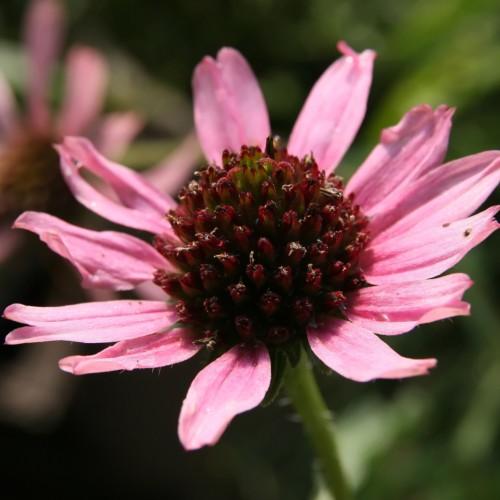
Tennessee coneflower
Echinacea tennesseensis 'Rocky Top'
Cycle:
Herbaceous Perennial
Watering:
Minimum
Hardiness Zone:
5 - 8
Flowers:
Flowers
Sun:
Full sun,part shade
Leaf:
Yes
Growth Rate:
Low
Maintenance:
Low
Drought Tolerant:
Yes
Care Level:
Medium
watering
Water your Tennessee coneflower (Echinacea tennesseensis 'Rocky Top') regularly and deeply. You should aim to water the soil until it’s moist but not too soggy. You can then allow the soil to dry out slightly between waterings. During the heat of the summer, your coneflower may require more frequent and deeper watering as it may get dry quicker due to higher temperatures. Tennessee coneflower should be watered at least once per week, usually at the start of the week. If temperatures are especially warm, you may need to water more often—2-3 times per week.
sunlight
Tennessee coneflower needs full sun or at least 6 hours of sunlight per day. While it can tolerate some shade, it will not produce as many flowers if it does not receive enough direct sunlight. During the summer months, the Tennessee coneflower should receive full sun during the peak of the day – 10am-2pm. During the spring and fall, the flower should receive full sun in the morning and afternoon for a total of at least 6 hours of direct sunlight.
pruning
Tennessee coneflower should be pruned in early spring before it begins to grow new leaves. This is typically as the snow melts in late March and early April in most parts of the country. Pruning should be limited to removing any dead stems, and only the top third of the plant should be cut away. Pruning any more than that can reduce flowering and allow the plant to become overgrown and lanky. Coneflowers also benefit from light deadheading of spent blossoms. Deadheading encourages new flower growth and a fuller plant.
